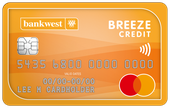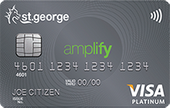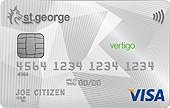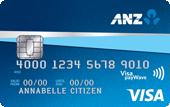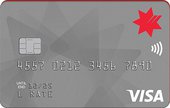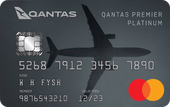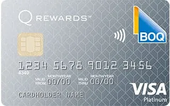It makes sense to get a credit card with the longest interest-free period that you can. The delay between the purchase date and the payment due date means that you are getting an interest-free line of credit.
55 days interest-free cards offer interest-free purchases during the period between the statement start date and the statement end date. But a 55 days interest-free credit card does not allow you to make interest-free purchases for 55 days on every purchase. It all depends on what stage you are at in your statement cycle when you make your purchase.
Benefits and drawbacks
Typically, the 55-day period includes your 30-day monthly statement period plus a further 25 days, by the end of which you are expected to pay the balance on your statement. This means you get a further three weeks to pay off your statement balance.
Failing to pay off your closing balance in full by the end of the last day of the additional 25 days (the due date) will see you forfeit your interest-free benefit for the whole of the preceding statement period, and possibly for the following statement period as well.
What ‘up to 55 days’ actually means
Here is an illustration to show how statement periods and payments work with 55 days interest-free credit cards. (The dates are for example purposes only.)
A 55 days interest-free credit card with a statement start date of 1st November will have a statement end date of 30th November. Your payment due date, however, will be 25th December. The payment window is the 25-day gap between the statement end date and the due date. This means you can make a purchase with the card on the 2nd of November and have over 53 days to pay it back in full without paying any interest. This is the best way to enjoy the maximum interest-free period. Making a purchase on the 30th of November means you only have over three weeks to pay back the balance to enjoy interest-free credit card borrowing. Purchases made in the payment window (from 1st December to 25th December) will be included in the next statement period.
Bear in mind that you cannot enjoy interest-free transactions if you do not pay your closing balance in full by the due date. This includes all your purchases, cash advances and balance transfers.
Some cards have fewer interest-free days
Not all credit cards have up to 55 interest-free days. Many credit card have only 44 days interest-free, so you need to be aware of the difference when you are choosing a card.
Take a look at the 55 days interest-free credit cards below if you are looking for a long interest-free window between the purchase date and payment due date.
FAQs
What are 55 days interest-free credit cards?
55 days interest-free credit cards give the cardholder an interest-free line of credit, provided the account balance is cleared on the due date every month. The payment due date falls approximately 25 days after the end of the billing cycle. The billing cycle is approximately 30 days long.
What does ‘up to 55 days’ actually mean?
It does not mean that you get 55 days credit on every purchase.
Purchases made on the first day of the billing cycle do not have to be paid for (i.e. cleared from the account) until 55 days later. Purchases made on the last day of the billing cycle do not have to be paid for until 25 days later. So the maximum interest-free credit period for any transaction is 55 days, and the minimum is 25 days.
What is the best way to use a 55 days interest-free credit card?
Pay off your account balance in full on the due date to avoid ever paying interest. Make a diary note of the due date, or set up a reminder on your computer or phone, or organise a direct debit from a bank transaction account.
Try to organise the bulk of your purchases and monthly bills so that they occur near the beginning of your credit card billing cycle, to maximise the number of interest-free days that you receive.
Do all credit cards have up to 55 days interest-free?
No. Many credit cards have only 44 days interest-free. Cards with up to 44 interest-free days offer 132 fewer interest-free days every year. If your average monthly purchases are $2,000 and you keep your cash in a 4% mortgage offset account, those extra 132 days are worth $29 per year in saved interest cost. Before you apply for a new card, check to see how many interest-free days it has.
Will I get 55 days interest-free if I have a balance transfer on my card?
No. An unpaid balance transfer on your card means you will forfeit your interest-free days. Interest will be applied to any purchases you make, from the transaction date until they are finally cleared from your account. The same rule applies to any kind of unpaid credit card balance, unless there is an introductory zero-interest offer on purchases in place.
If I can’t pay off my card account balance each month, does it matter how many interest-free days it has?
Essentially, no. If you always carry credit card debt from month to month, you’d be better off looking for a card whose primary feature is a low ongoing purchase interest rate. However, you may be able to combine both features – low interest and 55 days – in a single card, ready for the day when you finally clear your debt.
